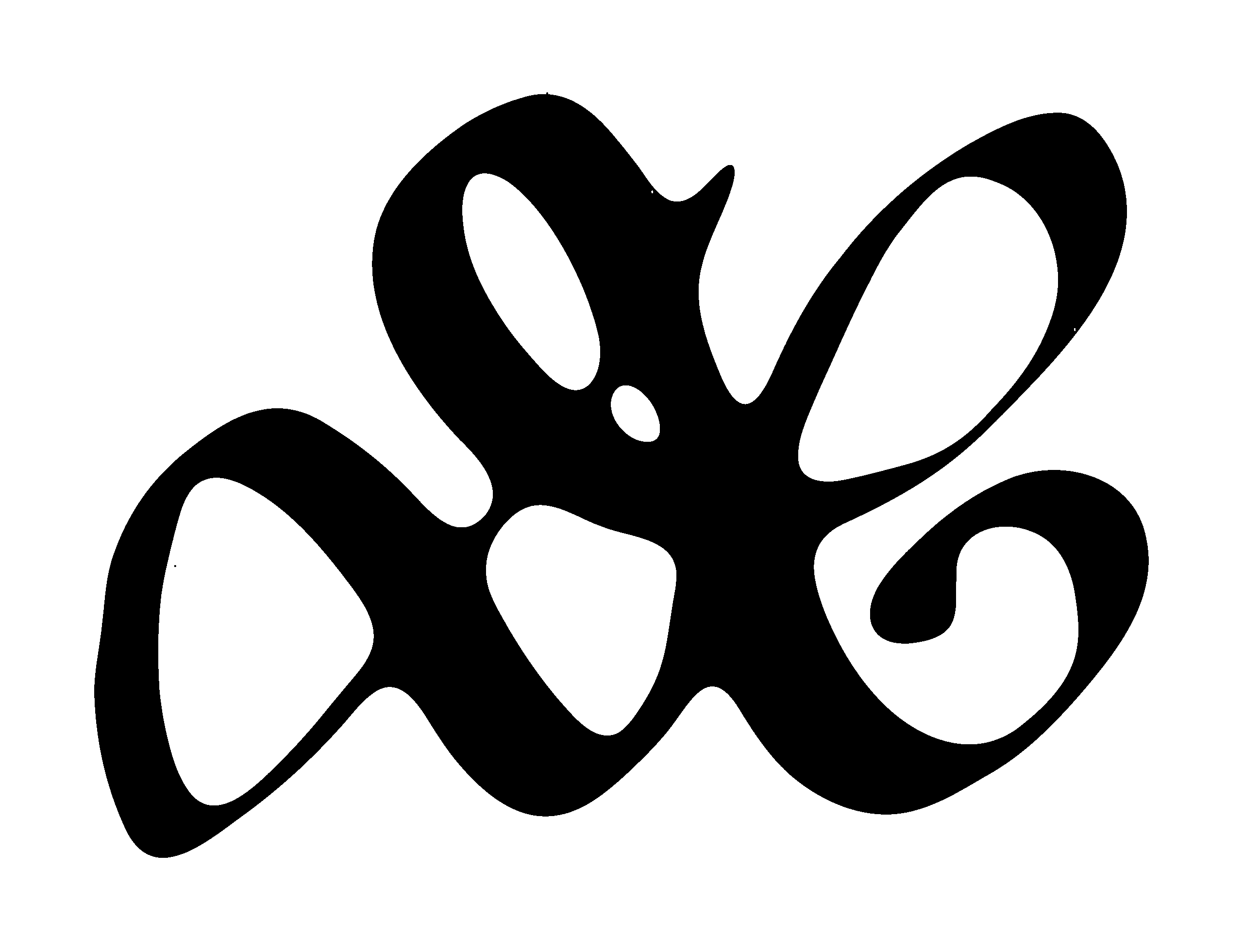A contextual map of the frameworks, thinkers, and mythic lenses that shape the work of Daria Condor — Narrative Systems Researcher & Artist
What This Page Is
This is not a traditional artist statement.
Nor is it a literature review.
It is a living codex—a constellation of thought across disciplines, centuries, and symbolic systems.
A map of what echoes in the work, even when unspoken.
This page also reflects an autoethnographic process — an ongoing inquiry into how meaning, memory, and identity are shaped through symbolic structure. My creative practice functions as both personal method and public offering: the ritual is lived before it is published.
The core questions driving my research and creative practice are:
- How are identity and emotion encoded through story?
- How does symbolic cognition shape memory, healing, and self-perception—especially in neurodivergent minds?
- What happens when ritual is treated as an interface, not a performance?
These questions have led me into a cross-disciplinary space spanning narrative psychology, transmediality, symbolic logic, ritual studies, digital storytelling, and literary theory.
Key Threads & Thinkers
Narrative Identity, Cognition & Emotional Memory
- Jerome Bruner: Narrative as the primary mode of meaning-making; the idea that self is storied into being
- Dan McAdams: Life story model of identity; personal myth as psychological scaffolding
- Antonio Damasio: Somatic markers and emotional memory in decision-making
- Lisa Feldman Barrett: Constructed emotion theory — emotion as a symbolic prediction process
- Michel Foucault: Representation and the instability of signs (“Ceci n’est pas une pipe”)
- Marie-Laure Ryan: Immersion, interactivity, and narrative as cognitive simulation
- Toma Pavel: Fictional worlds and narrative possibility space
- Corin Braga: Postmodern archetypes, the imaginary, and structural myth frameworks
- Italo Calvino: Multiplicity, lightness, and the poetically recursive logic of meta-myth
These thinkers inform how I design artifacts and rituals that mirror the symbolic architecture of the self — not to fix it, but to make it visible and iterable.
Transmediality, Fragmentation & Symbolic Interfaces
- Marie-Laure Ryan: Cross-platform narrative structures and narrative as spatial-temporal interaction
- Henry Jenkins – Participatory storytelling and media convergence (referenced for structural thinking, though my work centers on symbolic intimacy, ritual process, and individual transformation rather than mass engagement)
- Ioan P. Culianu: Sacred technology, gnostic systems, myth in modern symbolic structures
- Jean Delumeau: Cultural memory and emotional history — especially fear, salvation, and eschatological longing
- Walter Ong: Transition from oral to written storytelling; residual orality in modern symbolic artifacts
My work uses these frameworks to question how form becomes part of content:
Is a scroll just a delivery mechanism? Or is it a ritual container for memory?
Is a hyperlink a choice, or a liminal passage?
Ritual Studies, Sacred Form & Embodied Symbol
- Mircea Eliade: Ritual as return; sacred time; reenactment as mythic repair
- Catherine Bell: Ritual as strategic, embodied practice — not merely symbolic representation
- Thomas Moore: The poetic soul and ritual as inner tending
- Arnold van Gennep: Rites of passage and transitional thresholds
- Mythopoetic traditions: Folk practices, myth-fragmentation, oral traditions of healing and storytelling
My work treats ritual not as an aesthetic flourish, but as a functional interface for symbolic cognition — one that can be written, played, or physically held.
Core Concepts I’m Exploring
- Narrative Absorption: The degree to which a person emotionally merges with symbolic experiences.
- Emotional LTP (Long-Term Potentiation): A theoretical model where emotionally intense symbolic inputs create durable identity links.
- Symbolic UI: A design metaphor for emotional and cognitive interfaces based on ritual logic, not screen-based UX.
- The Fragment as Form: Working with partiality, illegibility, and unfinishedness as core to both trauma and myth.
- Mythic Interactivity: Inviting users/readers/participants to restructure inner narratives through guided symbolic choices.
Note: Core theoretical models such as Emotional LTP and the Narrative Absorber Spectrum are in active development and will be released through formal publications. The terms may appear in select blog entries or creative works, but full definitions are reserved for peer-reviewed or controlled release.
Methodology
My methodology is hybrid and experiential, rooted in autoethnographic journaling, narrative-based fieldwork, and participatory symbolic design.
I test ideas not only through reading and theorizing, but by living them — in story, in ritual, in feedback, and in emotional response.
It includes:
- Autoethnographic journaling
- Poetic fieldwork (embedded emotional observation)
- Interactive design with open-source tools (e.g. Twine)
- Qualitative reflection from artifact recipients
- Narrative coaching and symbolic feedback loops
While some of this work is deeply personal, it is scaffolded by academic research and will be formalized in upcoming publications.
What’s Public, What’s Coming
Until the full framework is published, you can engage with the ideas experientially through:
🔗 Selected Blog Posts — essays on narrative identity, ritual design, and symbolic cognition
🔗 The Living Lore Archive — handwritten story artifacts and lore fragments
🔗 Interactive Ritual Scrolls — Twine-based symbolic decision experiences
Certain core frameworks are in development and will be shared when they’re ready — through art, essays, and future publication.
For Collaboration, Conversation, or Citation
If you are a researcher, curator, theorist, or kindred spirit in the making of symbolic systems, I welcome dialogue. You can contact me here.
Press kits, sample artifacts, and references are available upon request.
To understand this work is not to agree with it.
It is to step into a story that remembers you back.
